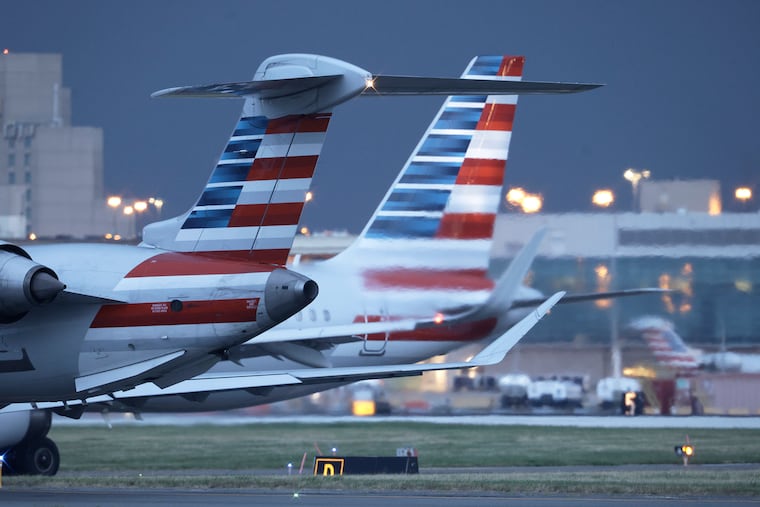PHL could need 20 new gates by 2040, and other takeaways from its $556 million budget proposal
Airport officials also want to better connect PHL to South and Central America.

Airport officials also want to better connect PHL to South and Central America.
